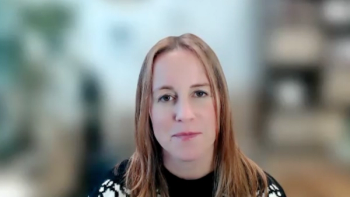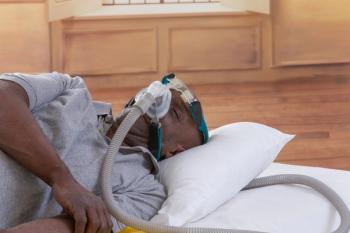
Medicaid Pays for Half of All Pediatric Hospitalizations
Key Takeaways
- Medicaid covered 48.3% of pediatric hospital charges in 2022, highlighting its critical role in children's healthcare access.
- Children with complex chronic conditions and those from rural or low-income areas are more reliant on Medicaid for hospital visits.
Cuts to Medicaid could spell trouble for pediatric health, as millions of children rely on Medicaid to cover their hospital expenses.
With recent legislation introducing
The study aimed to evaluate the characteristics of pediatric hospitalization in 2022 at both the system level and the patient level. The researchers attempted to measure the impact that Medicaid has on health care access for both children and families and to assess the financial viability for health systems.
The retrospective cohort study used the Agency for Healthcare Research and Quality Kids’ Inpatient Database (KID) for all discharges of children younger than 21 years that occurred between January 1, 2022, and December 31, 2022. The database included information from 48 states, including the District of Columbia, with 3811 hospitals included. Data were deidentified and total national hospital discharges were estimated using the KID sampling strategy and weights. These were then linked to the corresponding demographic characteristics and charges that were credited to Medicaid.
A total of 48.3% of all pediatric charges were paid for by Medicaid in 2022, which broke down into 54.9% of all nonnewborn discharges and 44.2% of all newborn discharges. Non-Hispanic White patients were the most frequent users of Medicaid (32.6%), followed by Hispanic (28.6%) and non-Hispanic Black (20.7%) patients.
The majority of children with multiple complex chronic conditions who were discharged from the hospital were on Medicaid (53.2%); children with rural residences were also more likely to be using Medicaid for their hospital visits (53.8%). Children in the lowest median quartile of household income were more likely to be on Medicaid, with 67.5% of all discharges coming from children in this income bracket. However, children in the highest income quartile areas were also found to be on Medicaid, albeit at a lower rate (24.6%).
Total charges for Medicaid discharges were $119.5 billion, which made up 51.1% of all charges for US pediatric hospitalizations in 2022. The total pediatric charges from rural hospitals were mostly made up of Medicaid discharges (median, 62%). The percentage of Medicaid discharges that made up the overall cost of pediatric discharges was lower in urban hospitals but still made up a majority of all pediatric visits (median, 52%). Median rural hospitals had fewer Medicaid discharges compared with urban hospitals (median, 79 vs 382). A total of 54.5% of all Medicaid discharges came from 352 urban hospitals, with 3142 discharges per year.
The absence of data on bed capacity, use of Medicaid as secondary insurance, and cost of pediatric hospitalizations was a major limitation of the study.
The researchers noted that Medicaid use was highest in rural hospitals and made up at least 75% of all charges for children in 25% of the rural hospitals included in the study, with many rural hospitals experiencing financial loss due to Medicaid underpayment and small volumes of patients. With the potential for more rural hospital closures due to
“Compared with past studies, this finding highlights Medicaid’s critical role in pediatric inpatient care—underscoring a growing dependency that warrants urgent policy attention to safeguard and strengthen this essential coverage,” the authors concluded.
References
1. Changes to Medicaid, the ACA and other key provisions of the One Big Beautiful Bill Act. AMA. Updated November 7, 2025. Accessed November 13, 2025.
2. Bonavitacola J. Government shutdown concluded but ACA subsidies in limbo. AJMC®. November 13, 2025. Accessed November 13, 2025.
3. Berry JG, Williams DJ, Wright SM, et al. US pediatric hospitalizations among children enrolled in Medicaid. JAMA Pediatr. Published online November 17, 2025.
4. Mills M, Bennett KJ. Critical condition: how Medicaid cuts would reshape rural health care landscapes. National Rural Health Association. April 8, 2025. Accessed November 13, 2025.
5. Saunders H, Burns A, Levinson Z. How might federal Medicaid cuts in the enacted reconciliation package affect rural areas? KFF. July 24, 2025. Accessed November 13, 2025.
Newsletter
Stay ahead of policy, cost, and value—subscribe to AJMC for expert insights at the intersection of clinical care and health economics.













































